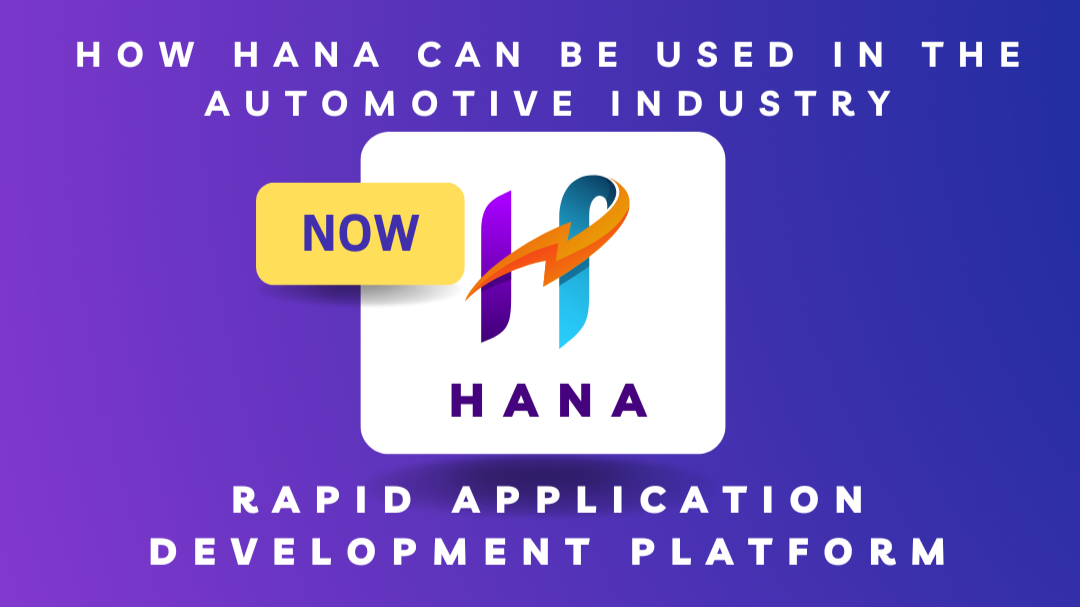- by admin
- April 23, 2025
How HANA Can Be Used in the Automotive Industry

HANA can significantly enhance operations in the automotive industry by providing real-time insights, improving efficiency, and fostering innovation. Here’s how HANA can be leveraged in the automotive sector:
1. Supply Chain Management
– Implementation: Utilize HANA to optimize supply chain processes by analyzing data from suppliers, manufacturers, and distributors.
– Benefits: Improves inventory management and reduces lead times, ensuring timely production and delivery.
2. Manufacturing Process Optimization
– Implementation: Leverage HANA’s real-time analytics to monitor production processes and machinery performance.
– Benefits: Enhances operational efficiency and minimizes downtime through predictive maintenance.
3. Customer Insights and Personalization
– Implementation: Analyze customer data to understand preferences and buying behaviors.
– Benefits: Enables personalized marketing strategies and improves customer satisfaction through tailored offerings.
4. Vehicle Performance Analytics
– Implementation: Use HANA to collect and analyze data from connected vehicles to monitor performance and usage patterns.
– Benefits: Supports proactive maintenance and enhances vehicle design based on real-world feedback.
5. Sales and Marketing Analytics
– Implementation: Analyze sales performance, market trends, and customer demographics using HANA.
– Benefits: Improves marketing effectiveness and helps identify opportunities for growth.
6. Compliance and Regulatory Reporting
– Implementation: Automate compliance tracking and reporting for safety and environmental regulations using HANA.
– Benefits: Ensures adherence to legal requirements and reduces the risk of non-compliance penalties.
7. Product Lifecycle Management
– Implementation: Manage data throughout the product lifecycle, from design to production and maintenance, using HANA.
– Benefits: Enhances collaboration and streamlines processes across departments.
8. Predictive Maintenance
– Implementation: Use HANA’s analytics capabilities to predict when vehicle components will need maintenance or replacement.
– Benefits: Reduces unexpected breakdowns and improves customer satisfaction with reliable vehicle performance.
9. Connected Vehicle Data Management
– Implementation: Analyze data from IoT devices in vehicles to enhance features and services.
– Benefits: Supports the development of new functionalities such as navigation, safety features, and infotainment systems.
10. Enhanced Customer Experience
– Implementation: Utilize HANA to create applications that provide real-time information and support for customers, such as service reminders and updates.
– Benefits: Increases customer engagement and loyalty through proactive communication.
By integrating HANA into automotive operations, companies can enhance efficiency, improve decision-making, and drive innovation in a competitive market.
